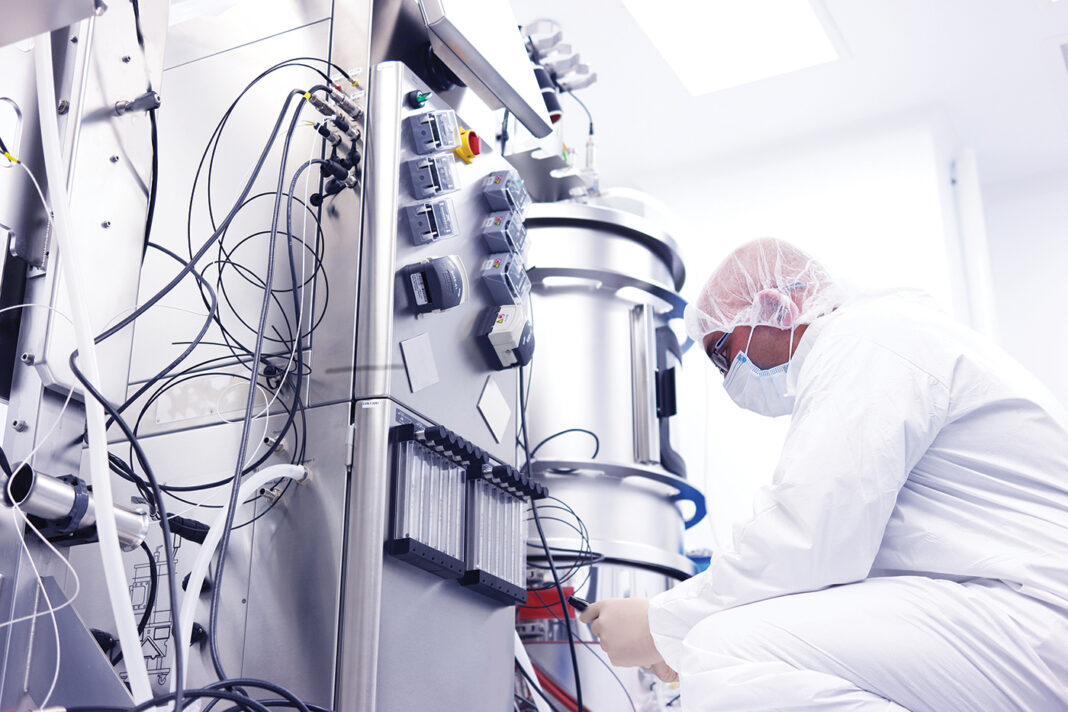The differences between batch processing and continuous manufacturing of biologics require a detailed understanding of material traceability and the effects of perturbations on material quality. Regulators advise resident time distribution (RTD) studies as a way to address those issues, but complex systems need models that mirror the properties of the processes’ product, consider constant flux processes, pressure, and inert tracers that are easy to detect. The models also should be nontoxic and inexpensive.
Scientists, led by Alois Jungbauer, PhD, professor, Institute of Bioprocess Science and Engineering at BOKU University in Vienna, recently developed what he tells GEN is “a relatively simple mathematical model…to predict the RTD.”
Variations included
Unlike prior models for virus filtration processes, this new model includes nonideal mixing and biofilm resistance in a continuous virus filtration process. “The model enabled the prediction of RTD with variations…for example, in injection volumes, flow rates, tracer concentrations, and filter surface areas,” Jungbauer and colleagues wrote in a recent paper.
By using sodium nitrate as an inert tracer, the scientists could extrapolate the results to processes involving recombinant antibodies. They calibrated the model using batch conditions and then validated it by performing stepwise experiments, stepwise and pulse injection experiments, trace experiments, and, finally, continuous virus filtration.
Each of the experiments achieved a coefficient of determination of at least 0.97, indicating near-complete agreement between the model and the experiment. The continuous virus filtration experiments achieved a coefficient of determination of 0.99. The RTD model accurately characterized filter performance despite variations in injection volumes, flow rates, tracer concentrations, filter surface area, and continuous or batch operating modes.
Jungbauer’s team found that including flow rates in the calculations significantly improves the model’s accuracy. That factor accounts for effects “on the axial diffusion coefficient in the dispersed plug flow model; the influence of flow rates in the continuously stirred tanks model; and the effects of flow rates and their impact on the mass transfer coefficient in the virus filter model.”
This method can be used to describe both batch and continuous filtration processes. “RTD shows how the material moves through the continuous processing (system),” Jungbauer notes. “According to the guidelines ICH Q13, RTD measurements should be used for:
- Traceability of material in continuous processing
- Defining a new batch definition
- Start-up and shut-down timing
- Sampling frequency/adequate process analytical technology (PAT).”
“With this model,” he says, “the number of experiments can be substantially reduced,” and there is no need to use antibodies.


